Did you know that 79% of marketing qualified leads never convert? That’s an enormous percentage of qualified leads to just say, “Nah, nevermind.” So, what gives?
It comes down to a lack of engagement. Engaged leads convert.
But how do you keep leads engaged without spending all of your time babysitting emails? Automated drip email campaigns.
In fact, companies that use drip email campaigns to engage leads generate 80% more sales. Plus, it costs them about 33% less to do it.
In this post, we’ll show you how to set up a drip email campaign for successful lead engagement. Let’s get started.
What Is a Drip Email Campaign?
A drip email campaign is an automated set of pre-written emails that go out based on a specific timeline or user behaviors. Drip email campaigns are also known as autoresponders, automated email campaigns, email automation, and lifecycle emails.
When Should You Use a Drip Email Campaign?
You can use a drip email campaign any time you want to keep users engaged with your brand through a pre-written, timed or triggered series of emails. Here are the most common use cases:
Welcome Emails
Welcome emails (or better yet, a welcome email series) give you an excellent chance to bring a new customer or subscriber into the fold.
UGMonk takes the opportunity to share their brand story with new subscribers via video:
You could use a welcome email to share your best content, or use a welcome email series to move the new subscriber through the sales funnel toward making a purchase as we’ll see in the next use case.
Nurturing Leads
Lead nurturing through drip email campaigns is basically automated hand-holding. And, yes, if you think that this use case can be just about anything, you’re right.
Nurturing leads can look like anything from product education, free trials, tutorials, case studies, or anything that your leads would find useful.
For instance, Square sent customized emails to their leads showing the customized emails they could send to their customers.
Customer Onboarding
You definitely don’t want to disappear and leave a new customer alone to figure it out on their own once they make a purchase, right? But, you probably don’t have time to personally walk each new customer through the onboarding process, either.
Fortunately, drip email campaigns are great for customer onboarding. Take a look at this customer onboarding email from Smartsheet:
New Smartsheet users get a ton of information in this email that helps them learn how to use their new product.
Email Courses
Email courses are another perfect use case for drip email campaigns. Think about it: if you’re running an email course, are you really going to manually write and send the emails for the course every time they need to go out?
No. No, you’re not.
Cart Abandonment
If you have an eCommerce site, you need to set up an abandoned cart email automation. About 75% of shoppers abandon carts, but having a cart abandonment strategy can help you win back some of those sales!
Other Types of Lead Engagement
There are other types of lead engagement that deserve their own email automation too:
- Recommendations. Recommendations engines, like Barilliance or Apptus, can help you predict what your existing users will like. You can then use that information to send targeted drip emails with recommended products and coupons matching their interests and buying habits.
- Renewals. You can send users drip email notifications to let them know if a renewal is coming up and what steps they need to take, if any, to make sure their service continues uninterrupted.
- Confirmations. Confirmation drip email notifications can include things like a thank you for making a purchase, upsells, follow-ups, or asking for reviews.
- Unsubscribes. Use your automated drip campaign to tell your subscriber you’re sad to lose them, but also to find out what went wrong or maybe if there’s something you can do to fix it. Do they want fewer emails? Or maybe they want to connect with you via social media instead.
Just think of all the time drip email campaigns are going to save you. ⚡ Now, let’s walk through the setup.
How to Set Up a Drip Email Campaign
It’s easy to set up a drip email campaign. And, once you write your emails and set up your autoresponder, you’re done. There’s nothing that you need to write and send on a daily basis. No buttons you need to push. Nothing to babysit.
Once you get your drip campaigns set up, you get to focus your attention on other things until you want to make adjustments.
Step 1. Set Goals for Your Campaign
The first step before you start any campaign is always setting a goal. Let’s keep this really simple and cover these 3 questions:
- What do you want to achieve with this drip campaign?
- How?
- When?
Your goal or goals should be based on your own pain points that you’re trying to solve with the campaign. So, if you have users that sign up for a free trial, but don’t convert to the paid version, the goal of your campaign would be to increase conversions of free trial users to paid users.
Step 2. Identify Your Target Audience
You don’t want to send your drip campaign to everyone. It’s important to identify your target audience and segment your list based on the triggers and segments you want to include.
Continuing with our goal from Step 1, the target audience would be trigger based: users who sign up for a free trial of your product.
Segmenting your list allows you to create targeted, personalized emails that deliver 6X higher transaction rates than non-personalized emails. In addition to segmenting on behavior, as we’ve done here, you can also segment based on typical demographics (age, location) and psychographics (interests, beliefs).
Step 3. Map Out Your Workflow
In Step 3, you’re going to map out the flow of your drip email campaign. This means creating a workflow of what your campaign looks like from the first to last contact in the series.
It helps to ask yourself questions like:
- What do I want my subscribers to learn or do?
- What calls to action will I include?
- How many emails does the subscriber need before they’ll take action?
- How will I measure success?
We’re fans of taking users through an email series that offers them education about how to use the product during a free trial period. The more use they can get out of the product during the trial period, the better.
Then, as the trial period draws to a close, send a transitional email that shows off some of the more advanced things that the user can do with the full-featured product.
Finally, you’d send your sales email.
So, what if you’re not trying to convert free trial users to paid? You can still use this campaign structure. You’d just use the time to introduce your brand and offer resources and tools that address pain points your lead has instead. All the while, leaving subtle clues that you can solve those pain points. ?
At this point, you have everything you need to write your emails. But, how do you start?
If you’re having difficulty starting that first email of your drip campaign, or any of them, it will help to ask yourself 2 things:
- What does the reader need to know RIGHT NOW?
- What does the reader need to do RIGHT NOW?
Now you have your “what am I going to write about,” so let’s talk about how to write it.
Step 4. Craft Your Message
Emails are short. That means you don’t have many words to stir emotion, imagination, or desire in your reader. This makes word choice super important.
Whenever possible, use stories filled with sensory, action, and power words. Take advantage of psychological tactics like FOMO (fear of missing out), curiosity, urgency, and even color choice or social proof.
Personalization is also important. This goes beyond using a subscriber’s name in an email subject line, though that’s a nice touch. Personalization also has to do with relevance.
If your emails aren’t relevant to subscribers, the subscribers are going to unsubscribe so fast you’re going to wonder if they were ever there in the first place.
Above all, when writing your email copy, write as though people – real, human people – are reading it. Don’t write like a marketing robot. Be conversational and write as though you’re chatting with someone who’s sitting across a table from you, having a cup of coffee. Share personal stories and connect.
Check out more tips for writing email copy that converts.
Step 5. Start Your Campaign
Once your emails are drafted, you’re ready to start your campaign. Check out our favorite email marketing automation tools to find the right one for you!
Step 6. Evaluate and Adjust
Now that you’ve spent all this time crafting your message and planning out your workflows you can relax a bit. But that doesn’t mean you can forget about your email automation altogether.
If you find that you’re falling a bit short of your conversion goals you’ll need to take the time to adjust your drip campaign. Learn how to split test your email campaigns the right way with our excellent guide.
How to Measure Drip Email Campaign Success
If you want to know how your drip campaign is doing, you need to know which metrics to track. There are 9 metrics that you should be tracking on a weekly or monthly basis to make sure that your drip campaign is successful:
- Open rate
- Click-through rate
- Unsubscribe rate
- Complaint rate
- Conversion rate
- Bounce rate
- Forward/share rate
- Campaign ROI
- List growth rate
Lucky for you, we have an excellent post that will teach you all about how to measure the effectiveness of your email campaigns, including how to calculate each one of these metrics. Hey, even though your email marketing service probably does that for you, it’s always good to know what goes into these numbers.
There you have it, friend. Everything you need to know about how to set up a drip email campaign for successful lead engagement. Ready for the next step? Learn how to maximize your eCommerce email marketing with these 9 tips. Or, learn the top email marketing mistakes to avoid to keep your message on point.
You may have also heard of the email provider called “Drip.” They’re an email service provider that helps companies create automated drip campaigns. But to do so, you need to have a good contact list to begin with.
Check out this post on how to make a Drip popup for your website to increase subscribers.
Like this post? Be sure to follow OptinMonster on YouTube, Facebook, and Twitter for more marketing tips, tutorials, and advice.

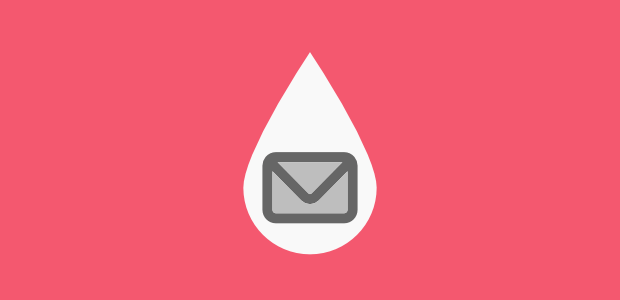
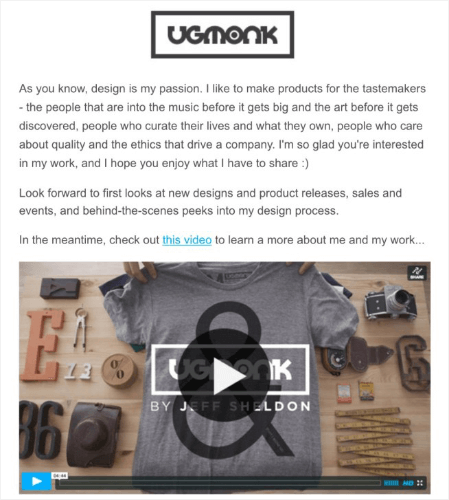
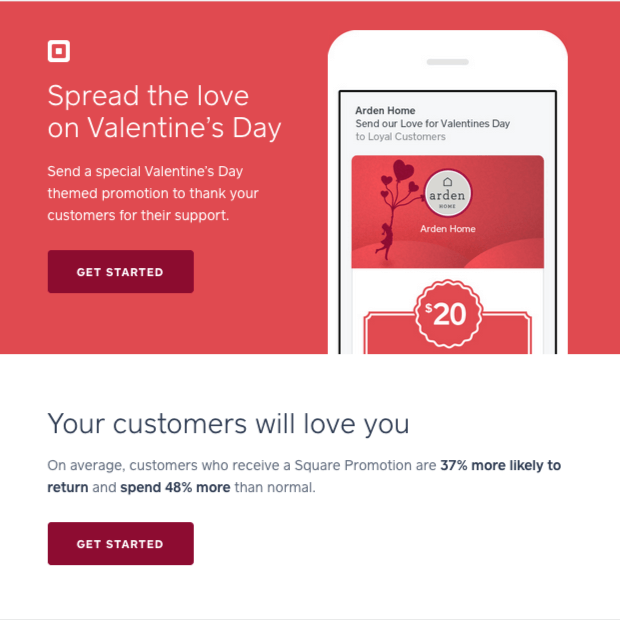
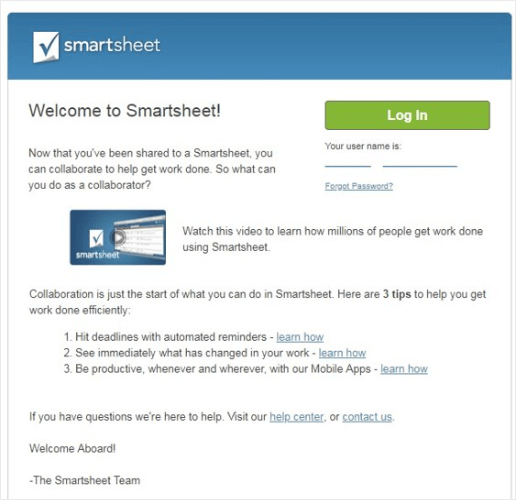



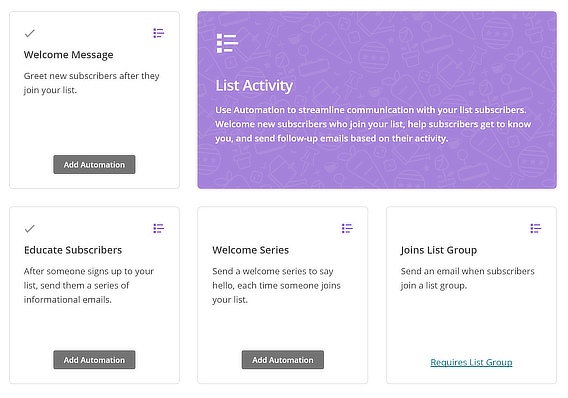
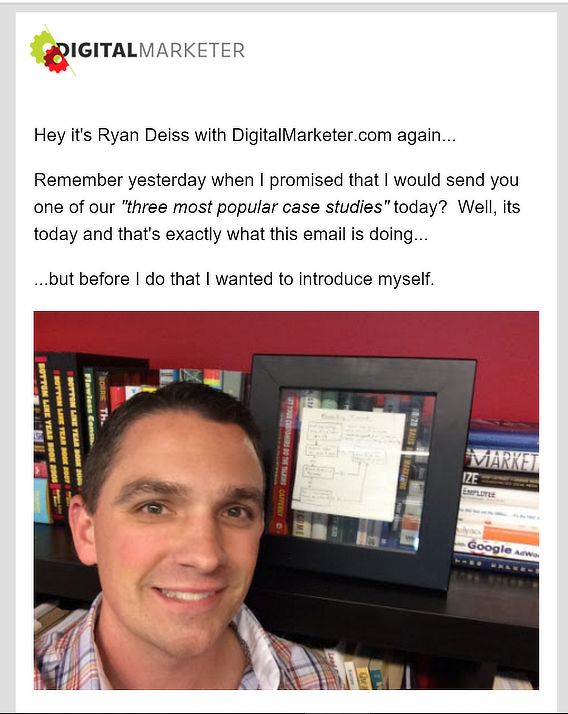
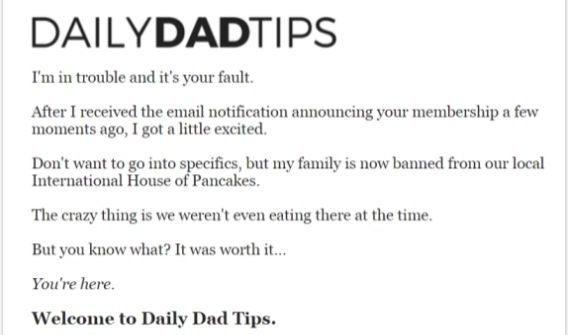









Add a Comment